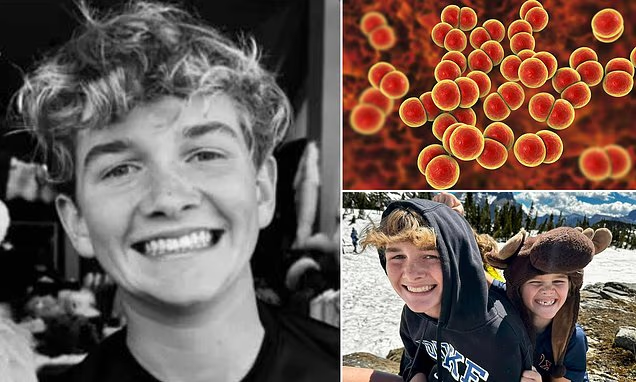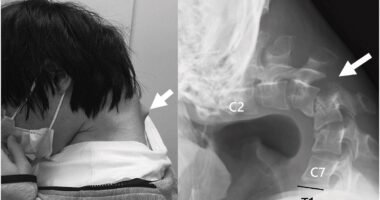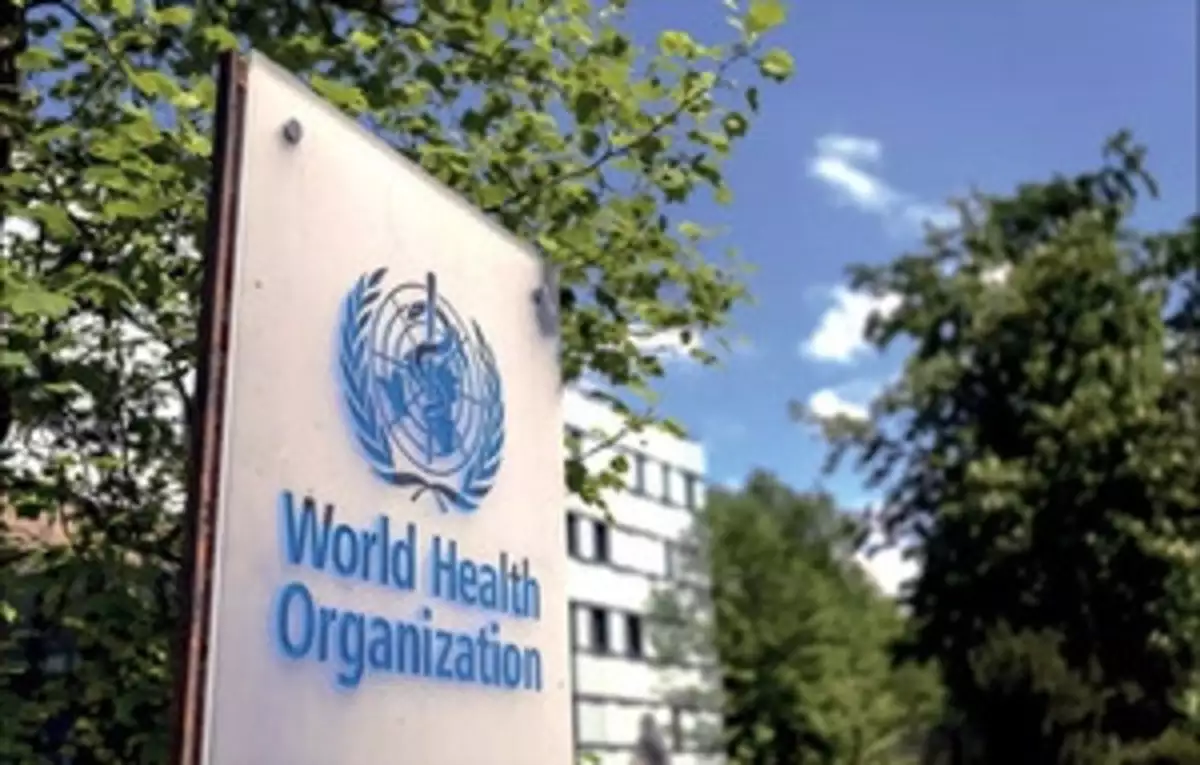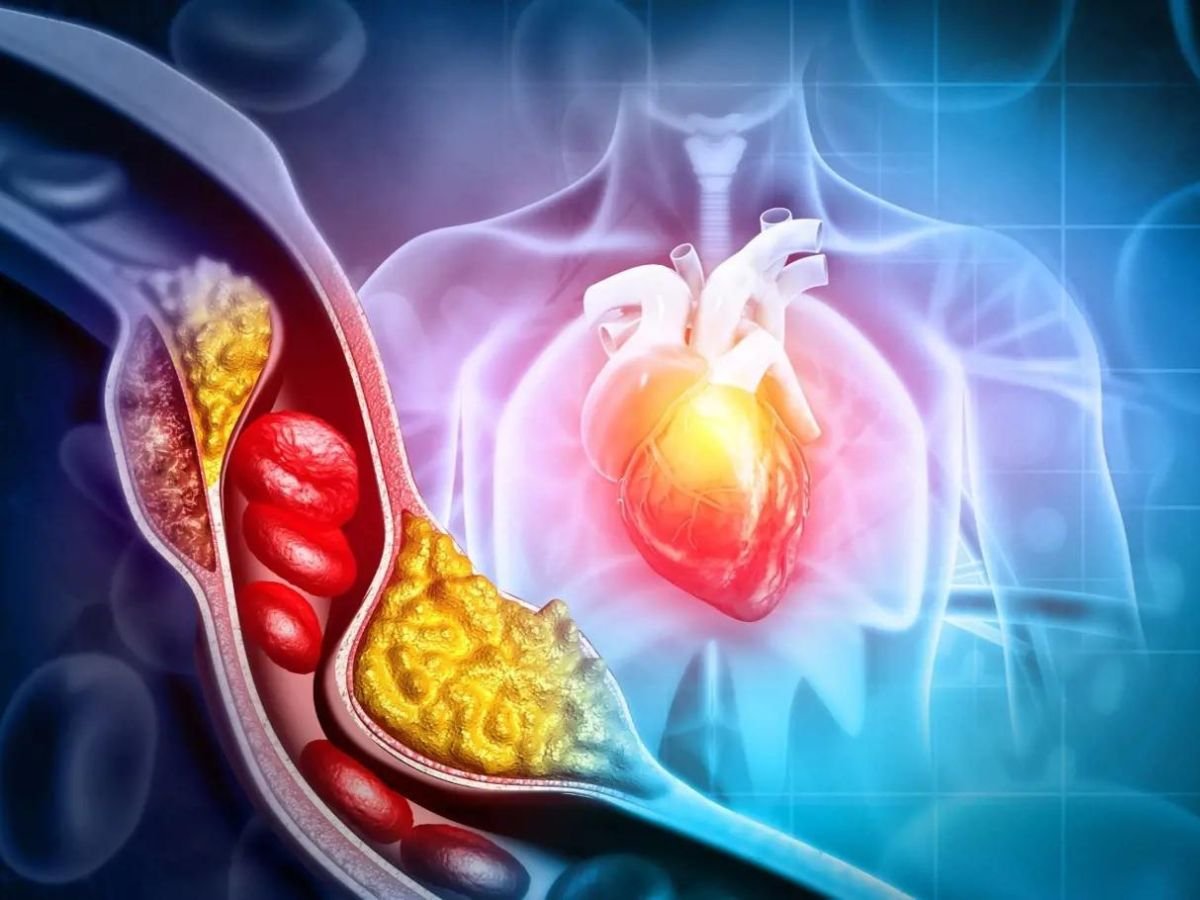New Delhi, 17 June 2025: A tragic case in New Delhi has once again brought the spotlight on a rare but deadly bacterial infection known as Meningococcemia. A 14-year-old boy recently succumbed to the disease. Leaving doctors urging parents and guardians to remain vigilant about flu-like symptoms in children that can spiral into a life-threatening condition within hours. The teen, who initially complained of fever and body aches, rushed to the hospital after his condition rapidly deteriorated. Only to diagnosed with meningococcemia — a bloodstream infection caused by Neisseria meningitidis, the same bacteria responsible for meningitis.
According to doctors, meningococcemia is extremely dangerous because of its ability to spread quickly through the bloodstream, damaging blood vessels, causing internal bleeding, and leading to septic shock. What makes this infection particularly treacherous is how it can mimic common viral illnesses in its early stages. Children or young adults may first experience fever, fatigue, vomiting, cold hands and feet, rapid breathing, or a rash. However, within hours, the infection can overwhelm the body. Leading to multiple organ failure and even death if not treated immediately.
Dr. Richa Sharma, a senior pediatric infectious disease specialist, explains, “This is not a common infection, but when it strikes, it does so with alarming speed. The early symptoms are often mistaken for flu, which delays medical attention. In this case, by the time the child reached the hospital, his body was already in septic shock and unresponsive to aggressive treatment.”
Meningococcemia considered a medical emergency, and its onset can be sudden. It spreads through respiratory droplets — coughing, sneezing, or close contact with an infected person. Children, teenagers, and young adults, particularly those living in group settings like hostels, schools, or dormitories, considered more vulnerable. While the infection is rare, its mortality rate remains high. Even with prompt antibiotic treatment, especially in cases where diagnosis delayed.
Experts highlight that one of the telltale signs of meningococcemia is a non-blanching purplish rash. Which does not fade when pressed and often appears as the infection progresses. Other warning signs include neck stiffness, severe headache, sensitivity to light, drowsiness, confusion, or irritability. Doctors advise that if any child or young adult shows flu-like symptoms that rapidly worsen or develop unusual skin discoloration or difficulty breathing, emergency care should be sought without delay.
Preventive measures include maintaining good hygiene, avoiding close contact with sick individuals. And in some cases, vaccination against meningococcal disease, especially for high-risk groups. In India, the meningococcal vaccine is not part of the national immunisation program but recommended for teenagers and people in outbreak-prone areas or living in crowded conditions.
The 14-year-old boy’s sudden death has raised concerns among both medical professionals and parents. His family reported that he had only developed a fever the previous day and thought to have caught a common viral infection. However, his condition worsened overnight, and despite being admitted to the ICU, doctors were unable to save him. Post-mortem tests confirmed meningococcemia as the cause of death.
Hospitals and pediatricians are now advising families to be extra cautious during seasonal outbreaks of viral infections. As bacterial infections like meningococcemia can sometimes missed in the sea of viral flu cases. The Indian Academy of Pediatrics reiterated the need for better awareness about rare but deadly infections and suggests that rapid testing protocols for children with high fever and rash adopted more widely in emergency departments.
In conclusion, meningococcemia, though rare, is a rapidly progressive and fatal infection that can strike without warning. Early identification and urgent medical attention are critical to improving survival chances. As India grapples with seasonal flu and other infectious illnesses. Doctors remind the public not to ignore sudden high fevers, skin rashes, or unusual symptoms in children. Timely diagnosis and treatment can make the difference between life and death.








